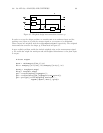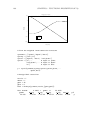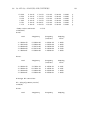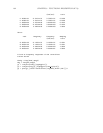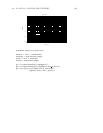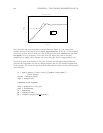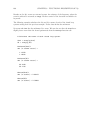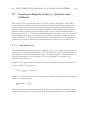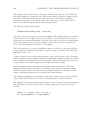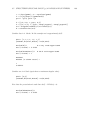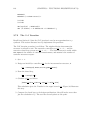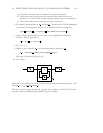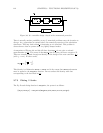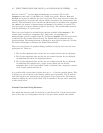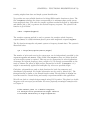3.7. STRUCTURED SINGULAR VALUE (µ) ANALYSIS AND SYNTHESIS 107
3.7 Structured Singular Value (µ) Analysis and
Synthesis
This section covers the functions used in the D-K iteration procedure. The primary
functions are the calculation of the controller (already discussed), the calculation of µ
and the fitting of rational D scales. Several subroutines used for D scale fitting are
useful in their own regard and are also discussed here. The discussion below assumes
that the reader if familiar with the definition and use of µ; only the implementation
issues are covered here. A simple application example is given here. To get a better idea
of the standard approaches to µ and the D-K iteration, the reader should refer to the
demos in Chapter 4. To find out more about the theoretical aspects of µ, including its
application to robust stability and robust performance problems, refer to Section 2.4.
3.7.1 Calculation of µ
The function mu calculates the structured singular value. µ is is defined as a function of
a matrix and a specified block structure. The most common use involves calculating µ at
each frequency of a system frequency response. For this reason the µ function accepts
pdm input arguments as well as matrices. The block structure is specified to the
function in a coded form.
In general only upper and lower bounds for µ are calculated. The upper bound (for the
square ∆ block case) is given by,
µ(M) ≤ inf
D∈D
σ
max
DMD
−1
,
where D is the set of all matrices which commute with the perturbation, ∆. Recall that
the lower bound is given by,
max
Q∈Q
ρ(MQ)≤ µ(M),
where ρ denotes the spectral radius and Q is the set of all unitary perturbations of the
specified block structure. The matrix Q achieving this maximization is a destabilizing ∆.



